Volcanoes are some of the most powerful and awe-inspiring natural features on Earth. From their fiery eruptions to the creation of new land, they have captivated human beings for centuries. While many volcanoes are dormant or extinct, some are still active and could potentially erupt at any time.
These 15 volcanoes are closely monitored due to their potential for eruption. Understanding these volcanoes not only helps scientists predict and prepare for potential disasters, but also gives us a deeper appreciation for the incredible forces at work beneath the Earth’s surface.
Mount Vesuvius, Italy
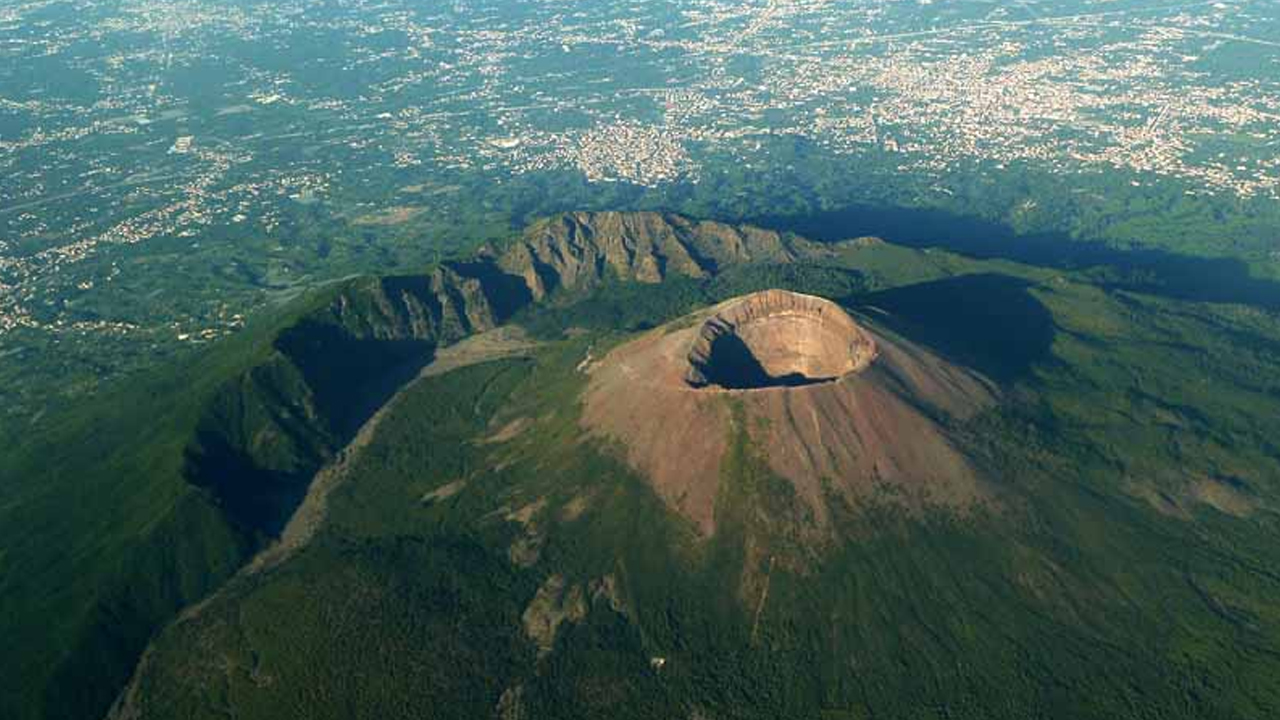
Mount Vesuvius is perhaps best known for its infamous eruption in 79 AD, which buried the ancient city of Pompeii. It is one of the most dangerous volcanoes in the world due to its proximity to densely populated areas. The last major eruption occurred in 1944, and scientists continue to monitor it closely for any signs of renewed activity.
Mount Rainier, USA
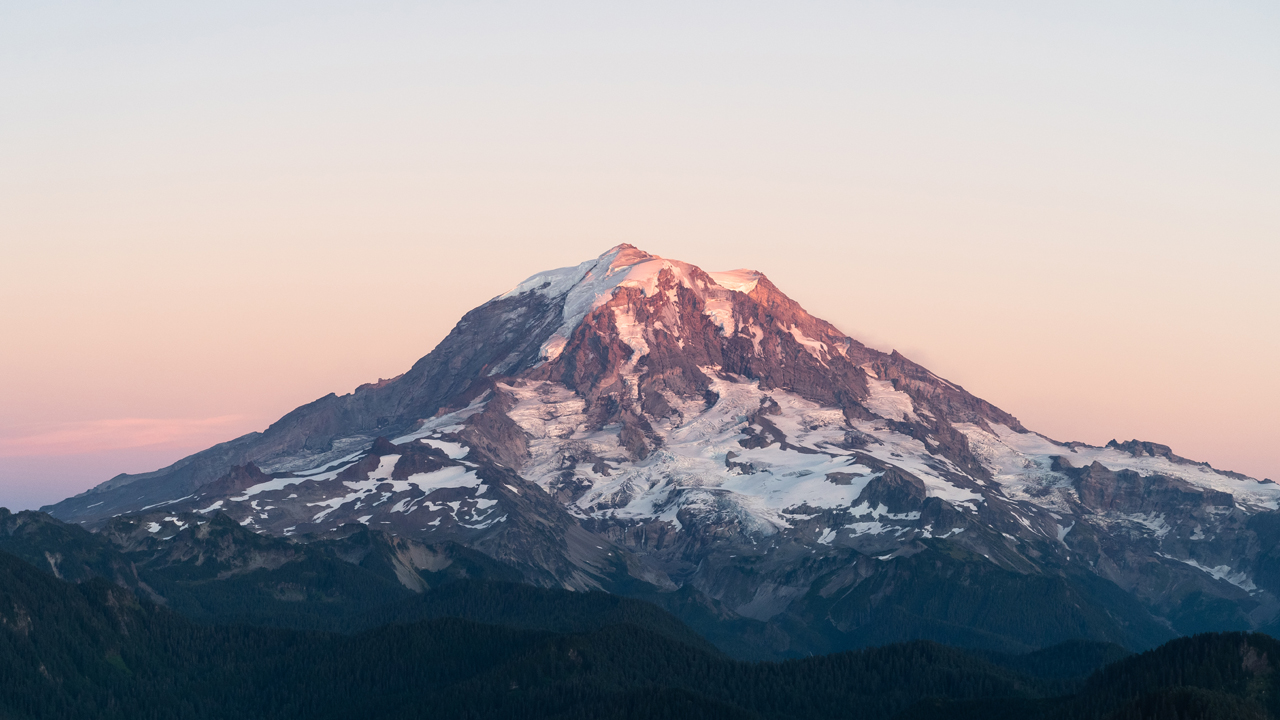
Located in the state of Washington, Mount Rainier is the tallest volcano in the Cascade Range. It is considered one of the most dangerous volcanoes in the United States due to its potential for large, destructive eruptions and the threat of lahars, or volcanic mudflows, which could impact nearby communities.
Mount Fuji, Japan
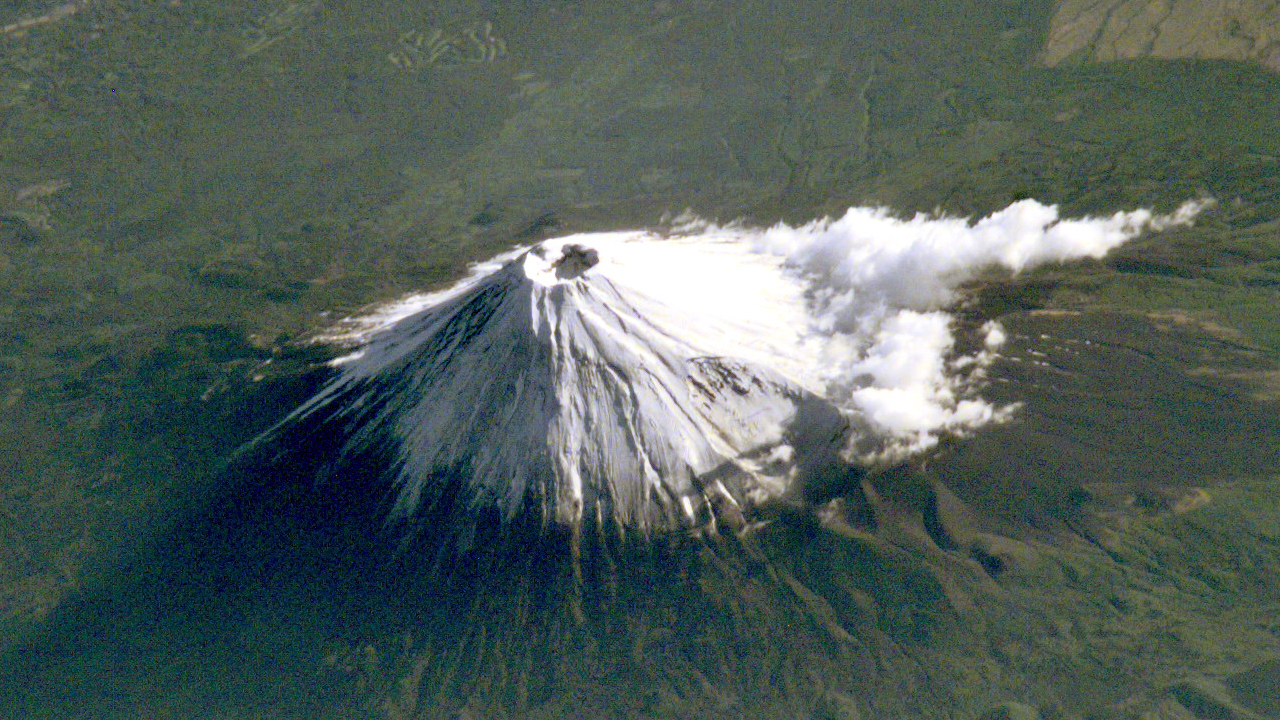
As Japan’s highest mountain, Mount Fuji holds great cultural and spiritual significance. It last erupted in 1707, and while it is currently dormant, scientists closely monitor its activity. Its proximity to the densely populated Tokyo metropolitan area makes it a major concern for potential future eruptions.
Mount St. Helens, USA
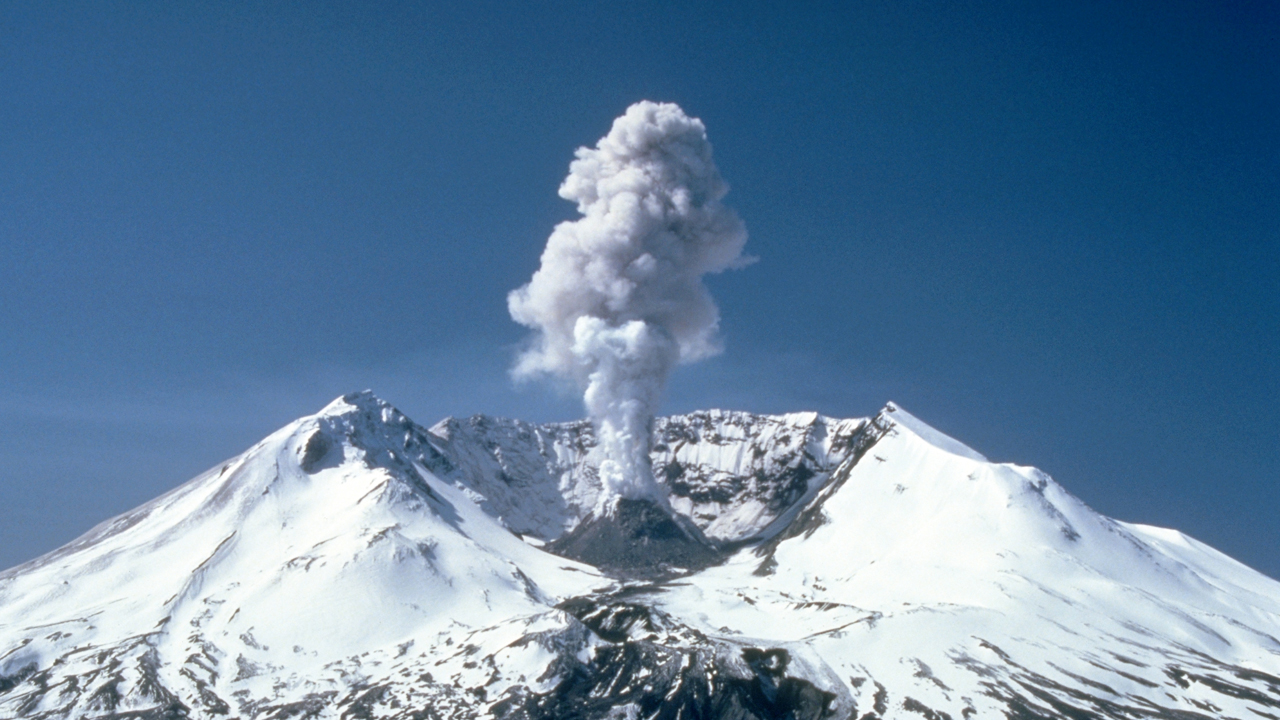
Mount St. Helens famously erupted in 1980, causing widespread destruction and loss of life. Since then, it has remained active, with ongoing seismic activity and occasional steam and ash eruptions. Scientists continue to study and monitor the volcano to better understand its behavior.
Mount Etna, Italy
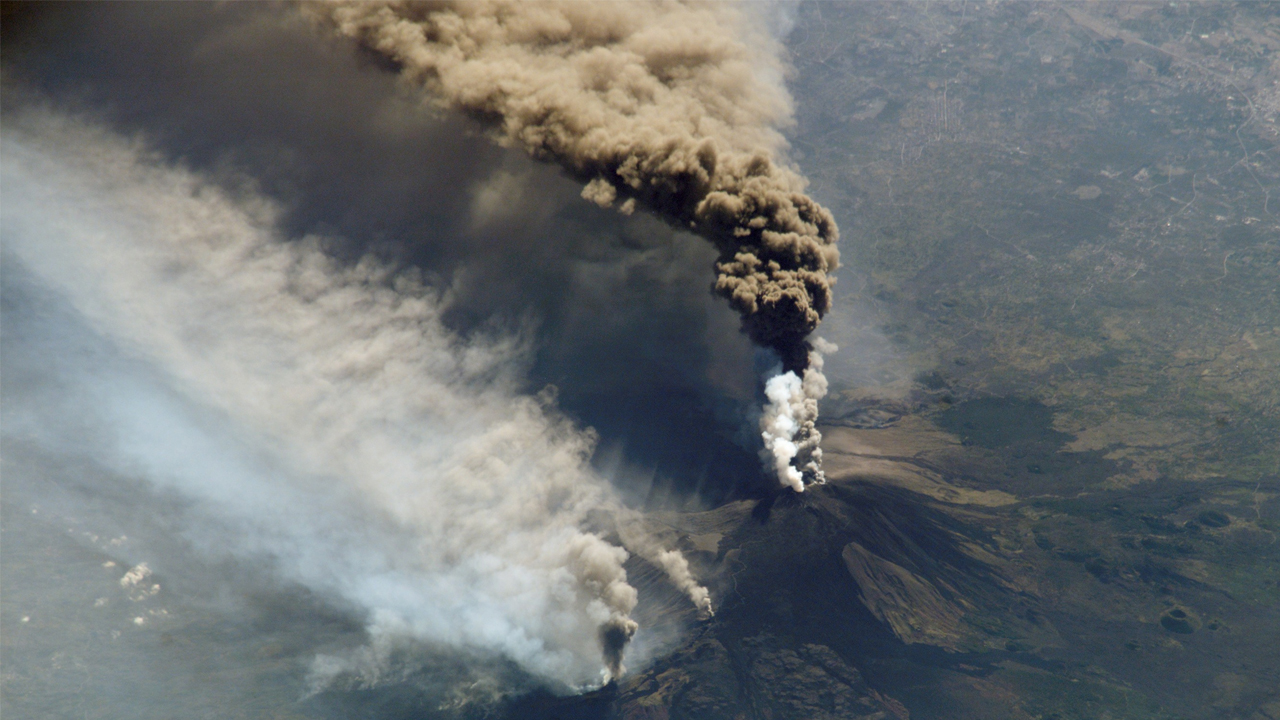
As one of the most active volcanoes in the world, Mount Etna on the island of Sicily has a long history of eruptions. It poses a constant threat to nearby communities, and its frequent activity makes it a top priority for monitoring and research.
Popocatépetl, Mexico
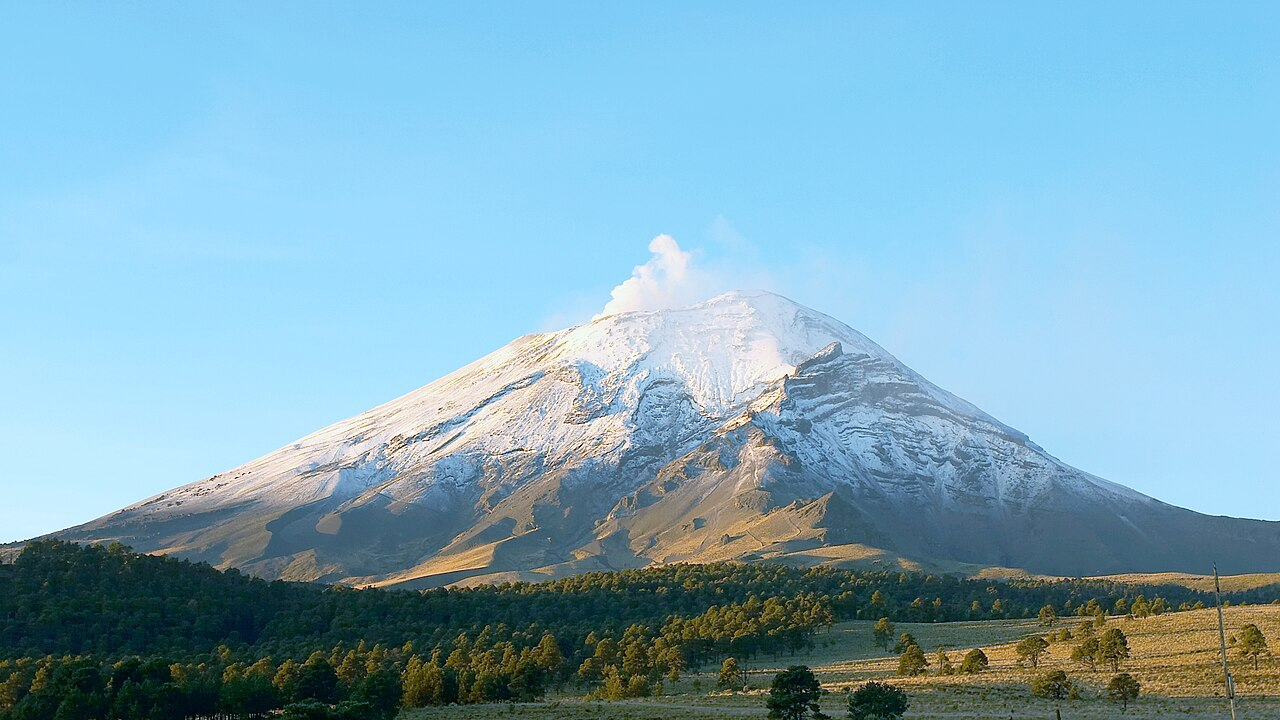
Popocatépetl, often referred to as “El Popo,” is an active volcano located near Mexico City. It has shown increased activity in recent years, with frequent emissions of gas and ash. The volcano is closely monitored, and authorities have established evacuation plans in case of a significant eruption.
Mount Nyiragongo, Democratic Republic of the Congo
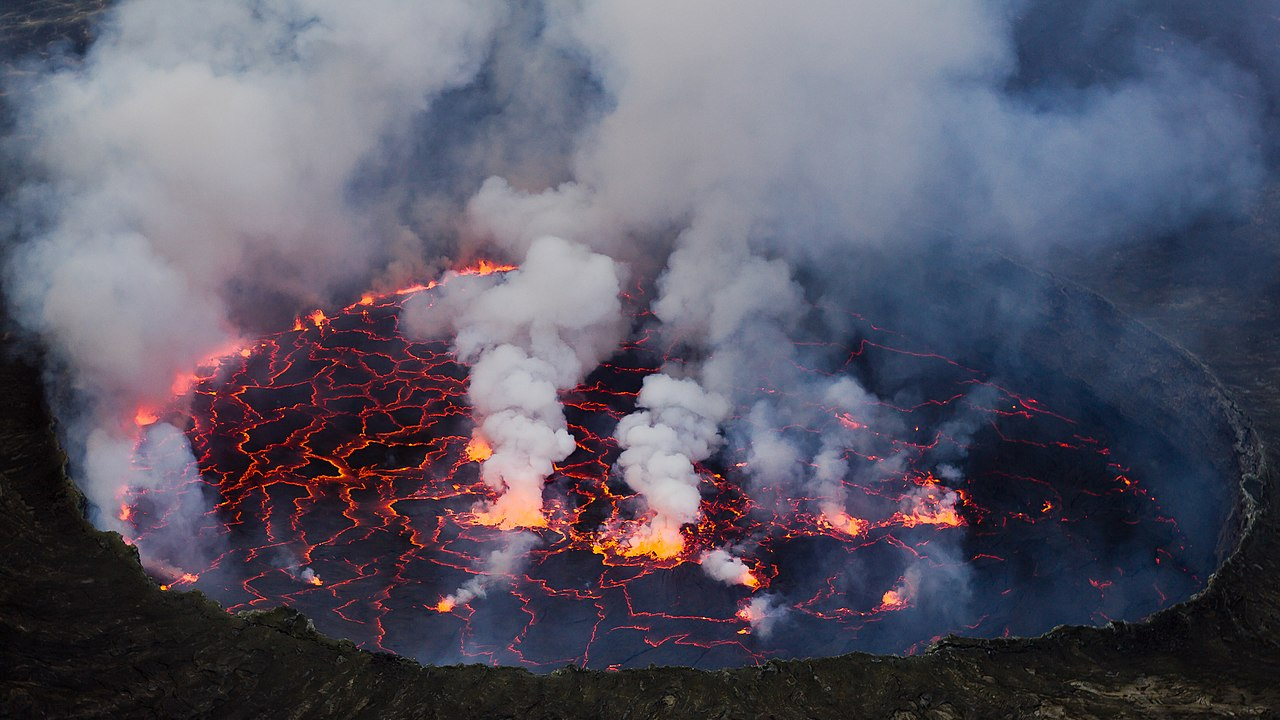
Mount Nyiragongo, located in the Democratic Republic of the Congo, is known for its extremely fluid lava and the potential for catastrophic eruptions. It erupted in 2002, causing widespread destruction in the city of Goma, however, it also erupted more recently in 2021, impacting the same area again. Ongoing monitoring helps to assess the volcano’s activity and mitigate potential risks.
Kilauea, USA
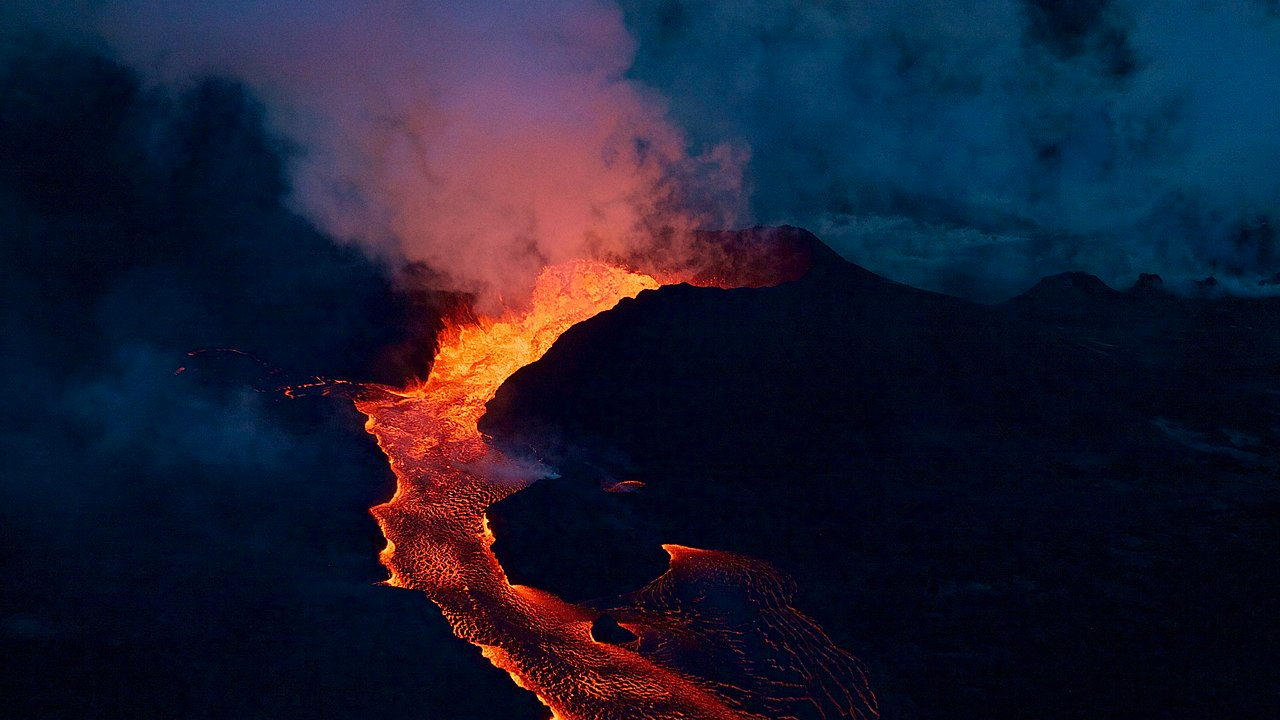
Situated on the Big Island of Hawaii, Kilauea is one of the world’s most active volcanoes. Its frequent eruptions, along with the potential for lava flows and gas emissions, make it a significant concern for local residents and authorities. Continuous monitoring provides vital information to help manage potential hazards.
Mount Agung, Indonesia
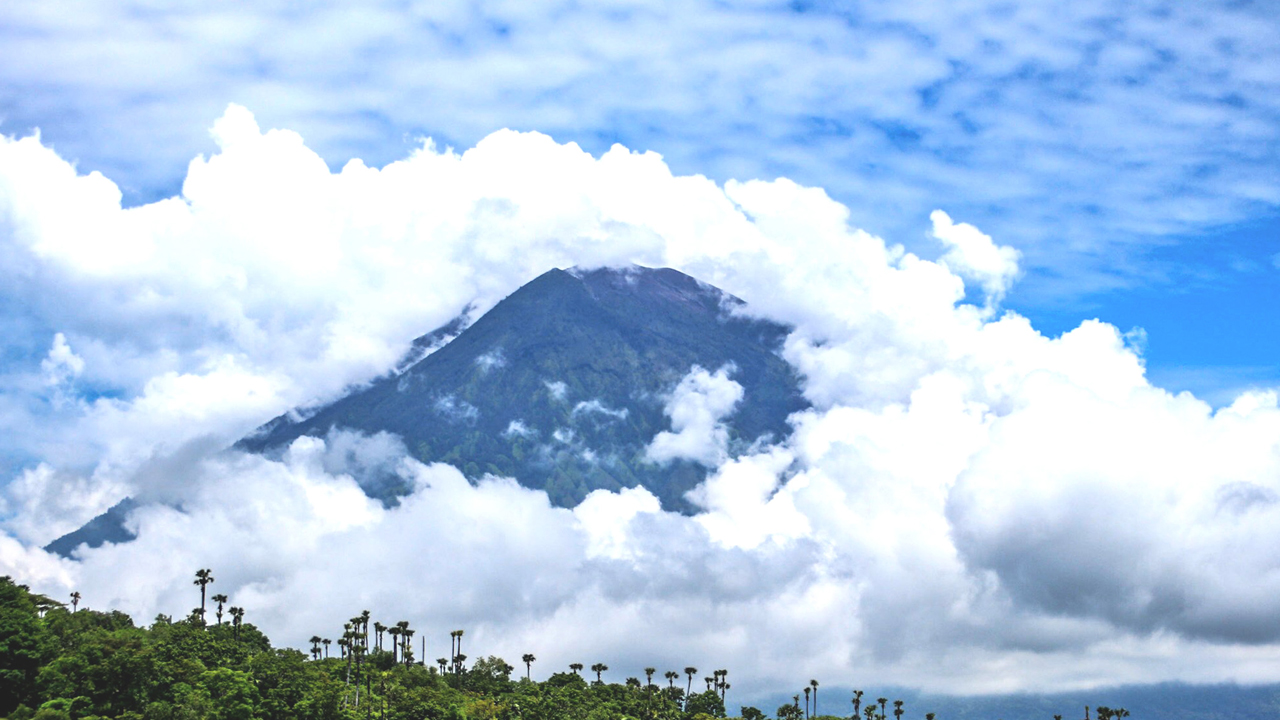
Mount Agung on the island of Bali is an active stratovolcano known for its explosive eruptions. Its most recent major eruption occurred in 1963, causing widespread devastation. It has had significant eruptive activity more recently, starting in 2017 and recurring until 2019, leading to evacuations and disruptions.
Sakurajima, Japan
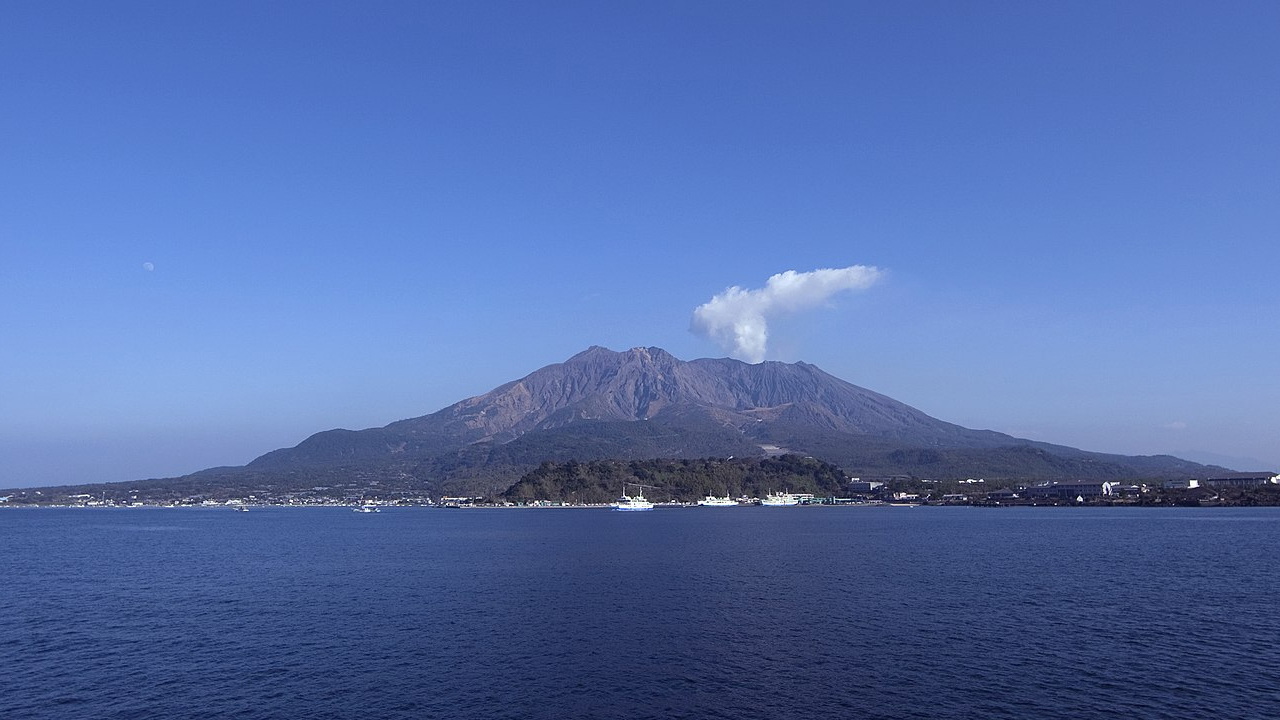
Sakurajima, also called “Cherry Blossom Island,” is located in southern Japan and is an active volcano that has been erupting almost constantly for over half a century.
Its frequent ash emissions and occasional explosive eruptions pose a constant threat to the surrounding area. Vigilant monitoring helps to assess and communicate potential risks to local residents.
Taal Volcano, Philippines
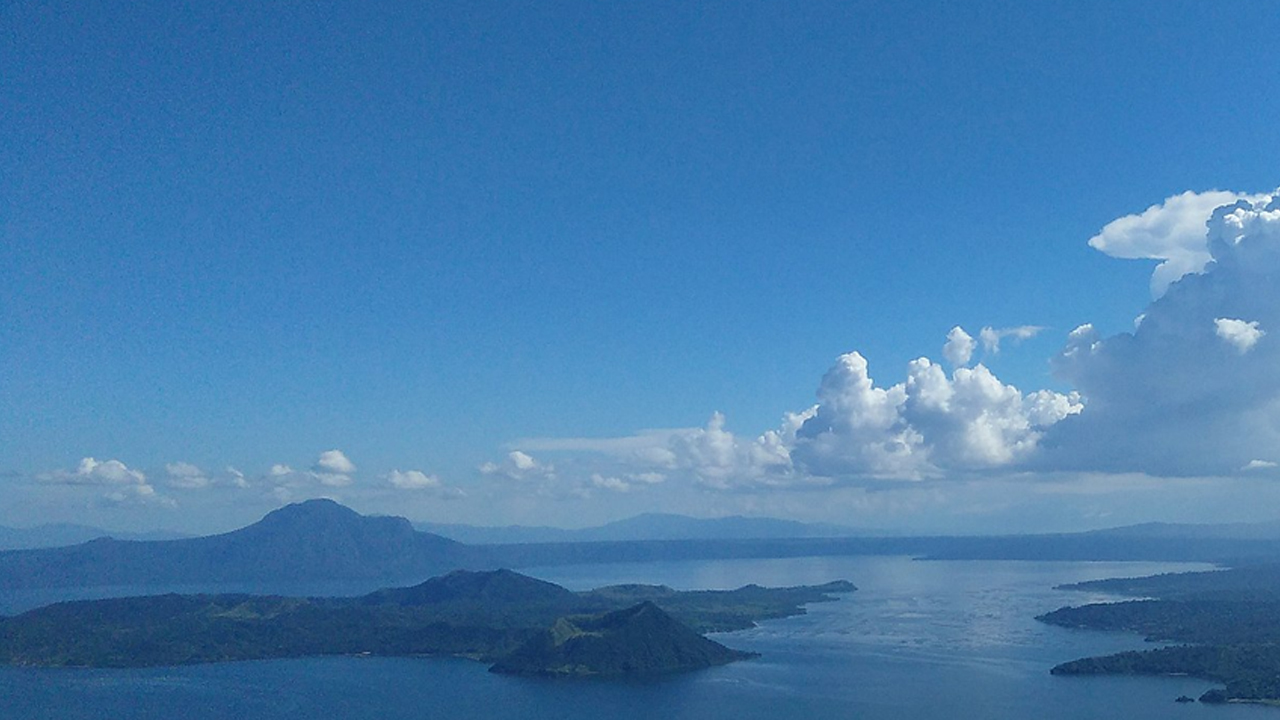
Taal Volcano, situated on an island within a lake, is known for its picturesque yet hazardous setting. Its most recent eruption in 2020 led to evacuations and significant ashfall in nearby areas. Continuous monitoring and hazard assessments are crucial for safeguarding the communities surrounding the volcano.
Mount Merapi, Indonesia

Mount Merapi, located on the island of Java, is one of the most active and dangerous volcanoes in Indonesia. Its frequent eruptions and potential for pyroclastic flows pose significant risks to nearby communities. Ongoing monitoring and early warning systems are essential for managing potential hazards.
Mount Sinabung, Indonesia
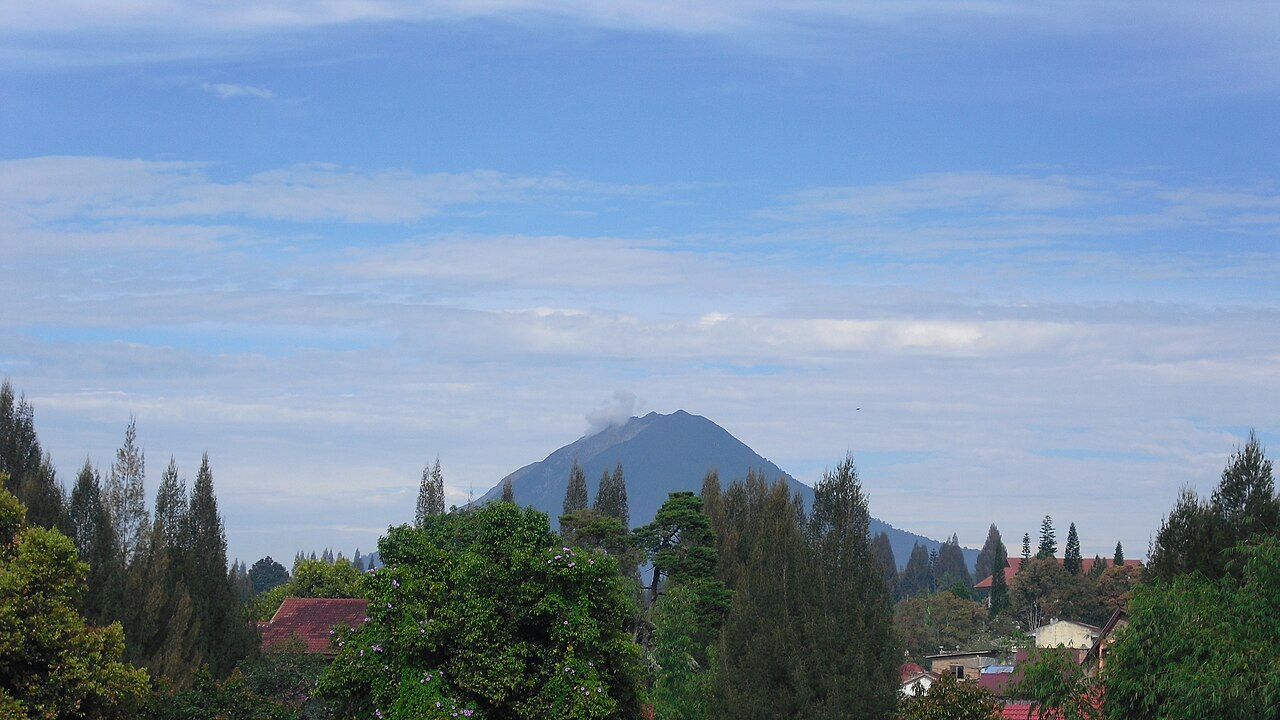
Located in North Sumatra, Mount Sinabung had been dormant for centuries before it reawakened in 2010. Since then, it has erupted frequently, causing significant impacts to the local communities. Its eruptions often involve ash plumes, pyroclastic flows, and lahars, making it one of the most dangerous volcanoes in Indonesia.
The ongoing activity has led to permanent evacuation zones around the volcano and extensive monitoring efforts by Indonesian geological services to predict and manage future eruptions. The high level of activity and its effects on nearby populations make Mount Sinabung a critical focus of volcanic studies and safety planning in the region.
Mount Cleveland, USA
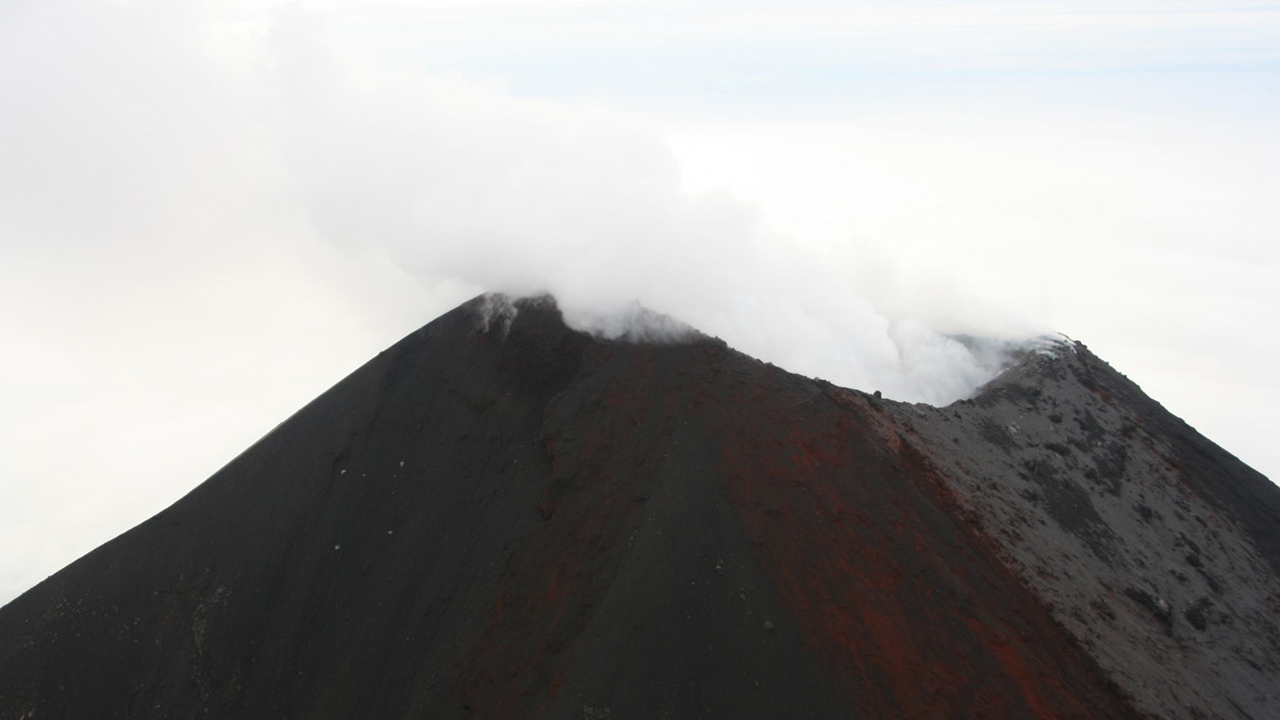
Mount Cleveland is located on the remote Chuginadak Island in the Aleutian Islands of Alaska. This stratovolcano is one of the most active in the Aleutian arc. It has had numerous eruptions, the most recent being characterized by small explosive events and ash emissions.
Due to its remoteness and frequent cloud cover, monitoring Mount Cleveland can be challenging, but it remains a subject of significant attention due to its continuous activity and the threats it poses to air travel routes across the North Pacific. The volcano is monitored by satellite imagery, seismic data, and infrasound sensors, as a direct observation is often not possible.
Mount Erebus, Antarctica
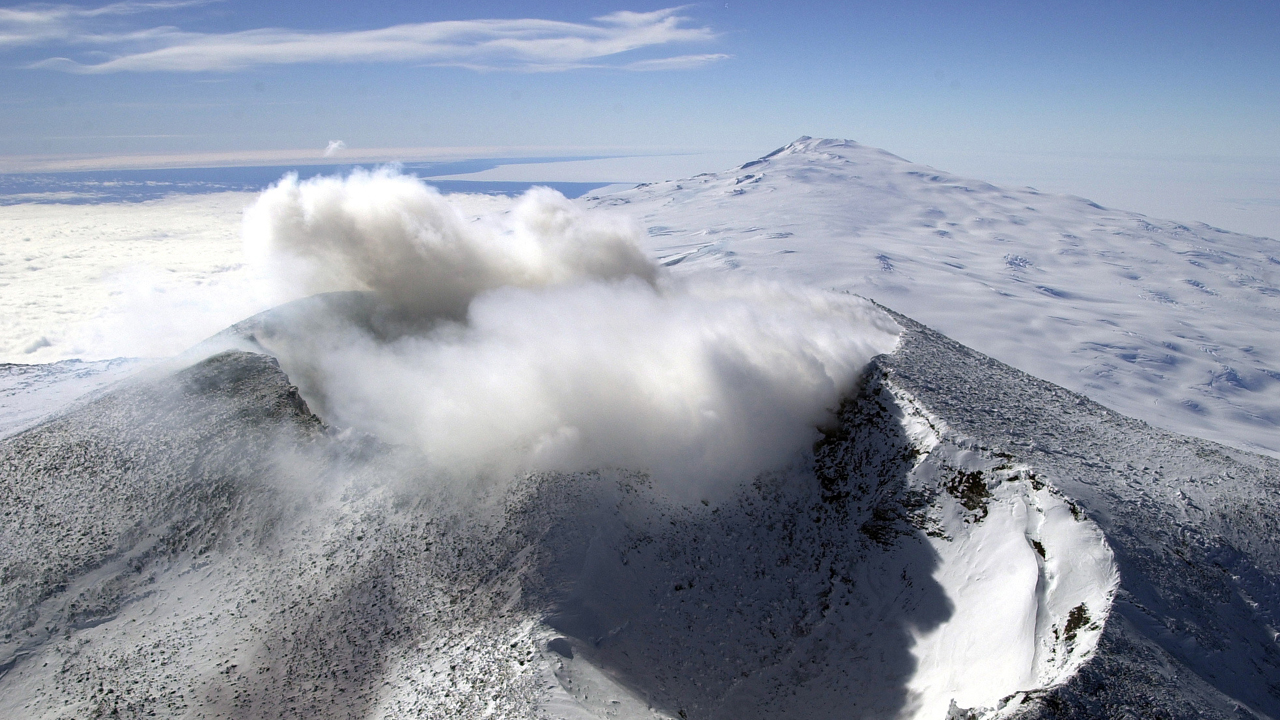
Mount Erebus, the southernmost active volcano on Earth, is located on Ross Island in Antarctica. Its unique lava lake and persistent activity make it a subject of scientific interest. While its remote location minimizes immediate risks to human populations, ongoing research and monitoring contribute to our understanding of volcanic processes in extreme environments.
Ellen has been obsessed with logic puzzles, jigsaws, and cryptograms since she was a kid. After learning she was taught how to play chess wrong by a family friend (so they could win), she joined her school chess club and the rest is history.

